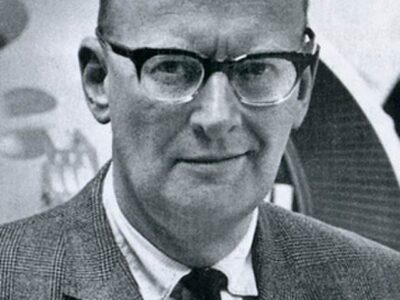Get On The Bus — Even in Los Angeles
 A few days ago, Ann cited the newspaper story highlighting the supposed “miracle” of a 26-year-old white woman taking the bus in Los Angeles. But the funny thing is that it would be actually pretty easy to increase bus ridership in LA if the MTA was just a little smart about it.
A few days ago, Ann cited the newspaper story highlighting the supposed “miracle” of a 26-year-old white woman taking the bus in Los Angeles. But the funny thing is that it would be actually pretty easy to increase bus ridership in LA if the MTA was just a little smart about it.
I start from one unproven but plausible presumption. Otherwise automobile-dependent people do not hate taking the bus: they hate waiting for it. Waiting time is tedious, uncomfortable and unpleasant: busy commuters hate sitting on a drab bench, choked by exhaust fumes, exposed to the elements, and unable to accomplish any productive tasks while doing so. Moreover, given traffic problems, it is impossible to know when the next bus is coming, increasing the resentment and providing a powerful incentive to return to the car.
I propose, then, to change not the system of bus transportation, but rather the system of waiting for this transportation.
The plan involves turning local consumer-friendly businesses such as coffeehouses, restaurants, and retail outlets into virtual bus stops, allowing commuters to wait for the bus in comfort and productivity.
How would this work? there are two versions.
Version 1.0. A local business–a Starbucks, for example–would have on one of its walls an electronic board displaying the status of bus lines that run by the business. This technology already exists: the board would display a message such as “Metro Rapid westbound due to arrive at the corner of Coldwater and Ventura.” At this point, anyone in the Starbucks who wanted to take the Metro Rapid westbound could casually walk out to the actual bus stop at Coldwater and Ventura, knowing that the bus would be there very shortly. But beforehand, they could relax in the Starbucks.
One potential extra advantage of plan could involve the ability to purchase bus tickets at the Starbucks, allowing for quicker boarding at each stop. If this ability saved only 20 seconds per stop, at 30 stops per complete line, we arrive at a 10-minute faster trip over the entire line.
Logistically and technologically, such a system is not difficult to set up: transportation planners are already installing “smart” bus stops that show the progress of buses. The critical wrinkle here is to move them inside, providing the incentive for commuters and other travelers to have a more pleasant trip.
Who will pay for all of this? That is the best and easiest part: Starbucks will pay for it. The plan increases foot traffic in their stores (and not incidentally, municipal sales tax revenues). I keep using the Starbucks example, but there is no reason why any business could not participate in the program if it wants the prospect of extra business. And since the technology already exists, the cost should hardly be prohibitive.
Version 2.0. Just have all the information concerning buses, set forth in the earlier version, deliverable through people’s mobile phones. Make it an iPhone app for free. Then people could take the information wherever they go. No tricky infrastructure.
This isn’t that hard, people. It won’t “solve” the car and congestion problems in LA, but it could make a real dent in it. And since it won’t cost anything, there’s no harm in trying.
I’ve been trying to get people in LA to jump on this for years. Isn’t there some enterprising politician to embrace it? I’ll let them have it for free.
Reader Comments
One Reply to “Get On The Bus — Even in Los Angeles”
Comments are closed.






Version 1.0 is certainly preferable and makes the wait for a train or bus bearable, even if it happens to be a long wait. Version 2.0 would also be handy, although in all likelihood it would not be a zero-cost solution — the MTA would need a GPS tracker for each bus that links into a single central computer, a feature many transit systems have not yet implemented (I do not know definitively that the LA MTA has not implemented this). There is a zero-cost interim solution, however, which the New York City MTA has introduced: email and text alerts for service changes, delays, etc (http://www.mymtaalerts.com/LoginC.aspx). While this is not quite as nice as knowing exactly how long your wait will be, at least it tells you whether or not the bus will arrive at all.